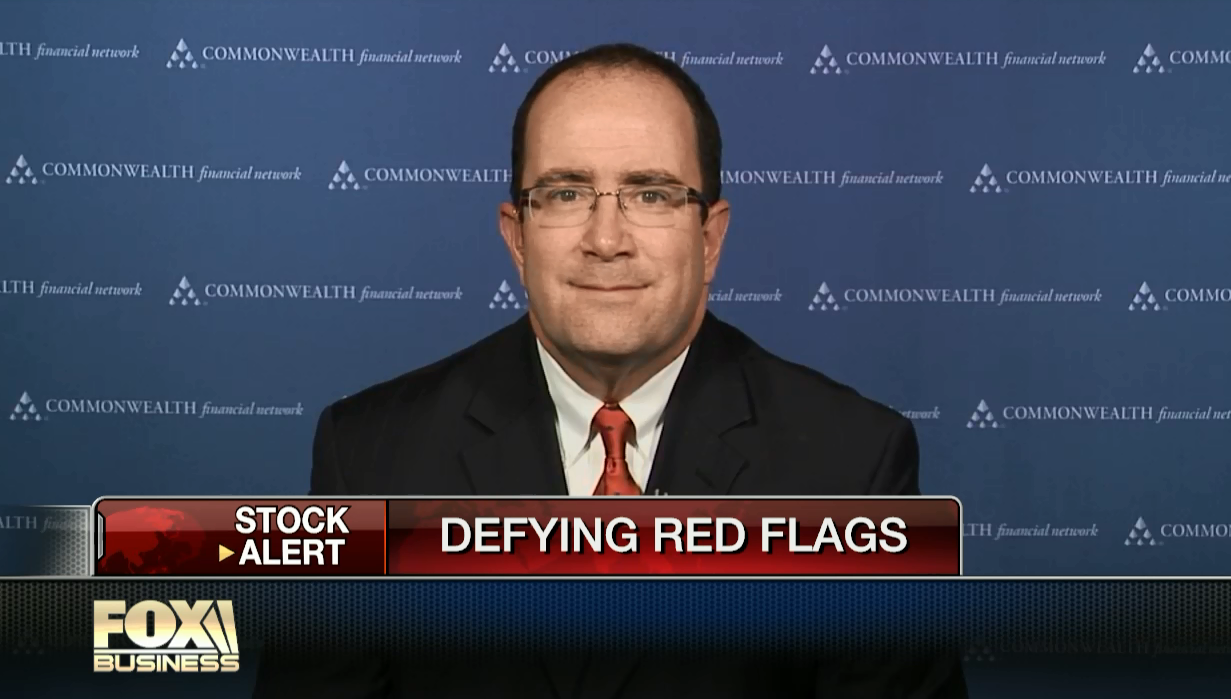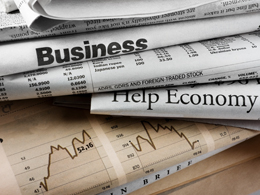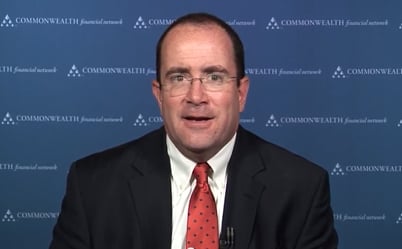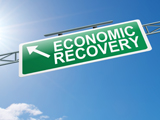Newspaper reporters (and bloggers!) are breathing a sigh of relief as the new Congress gets closer. Just as the economic worries are subsiding—at least here in the U.S.—political risks can move back to the front page. As someone who writes a blog post every day, all I can say is thank goodness.
As a citizen, though, I am somewhat (but not yet very) concerned.















